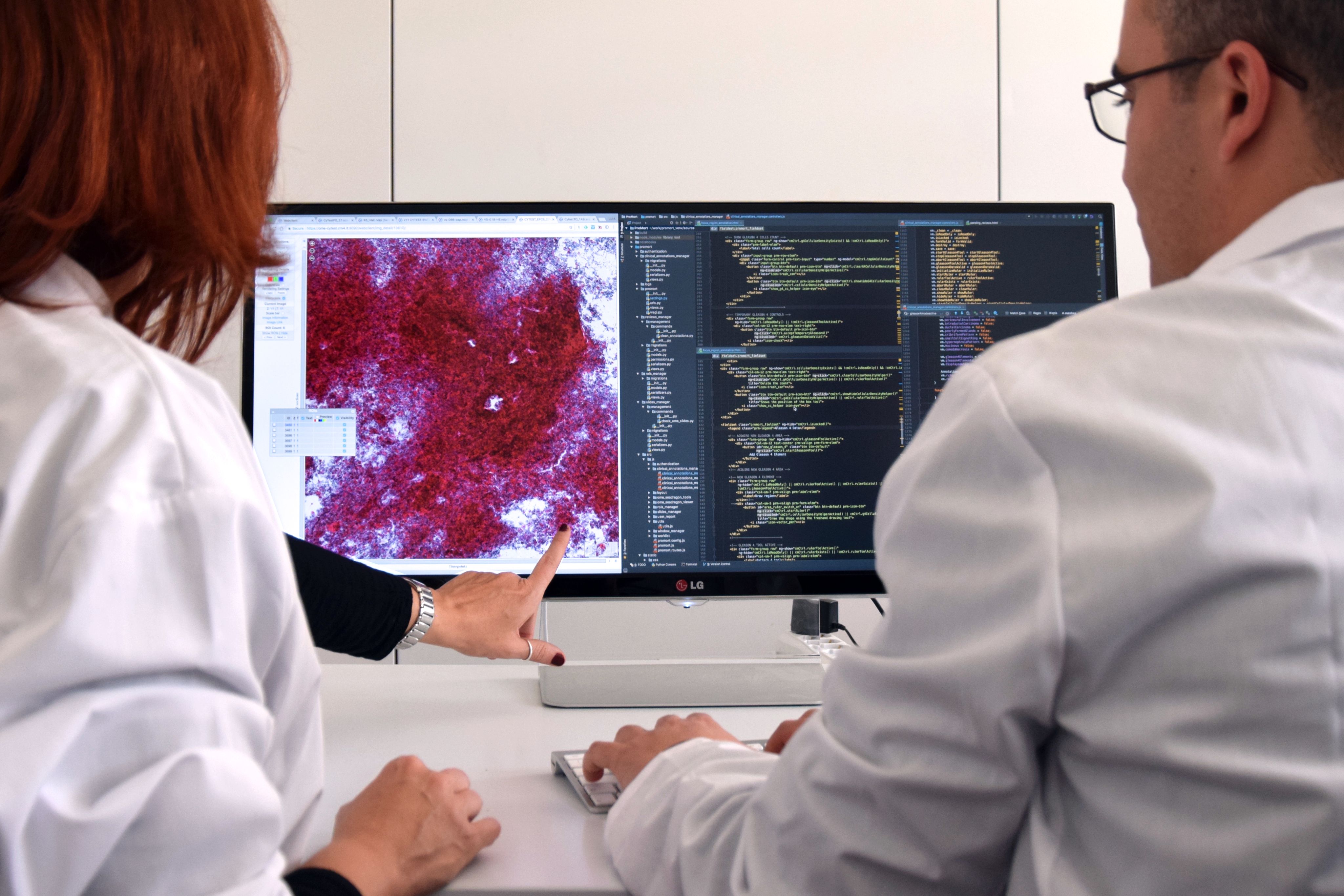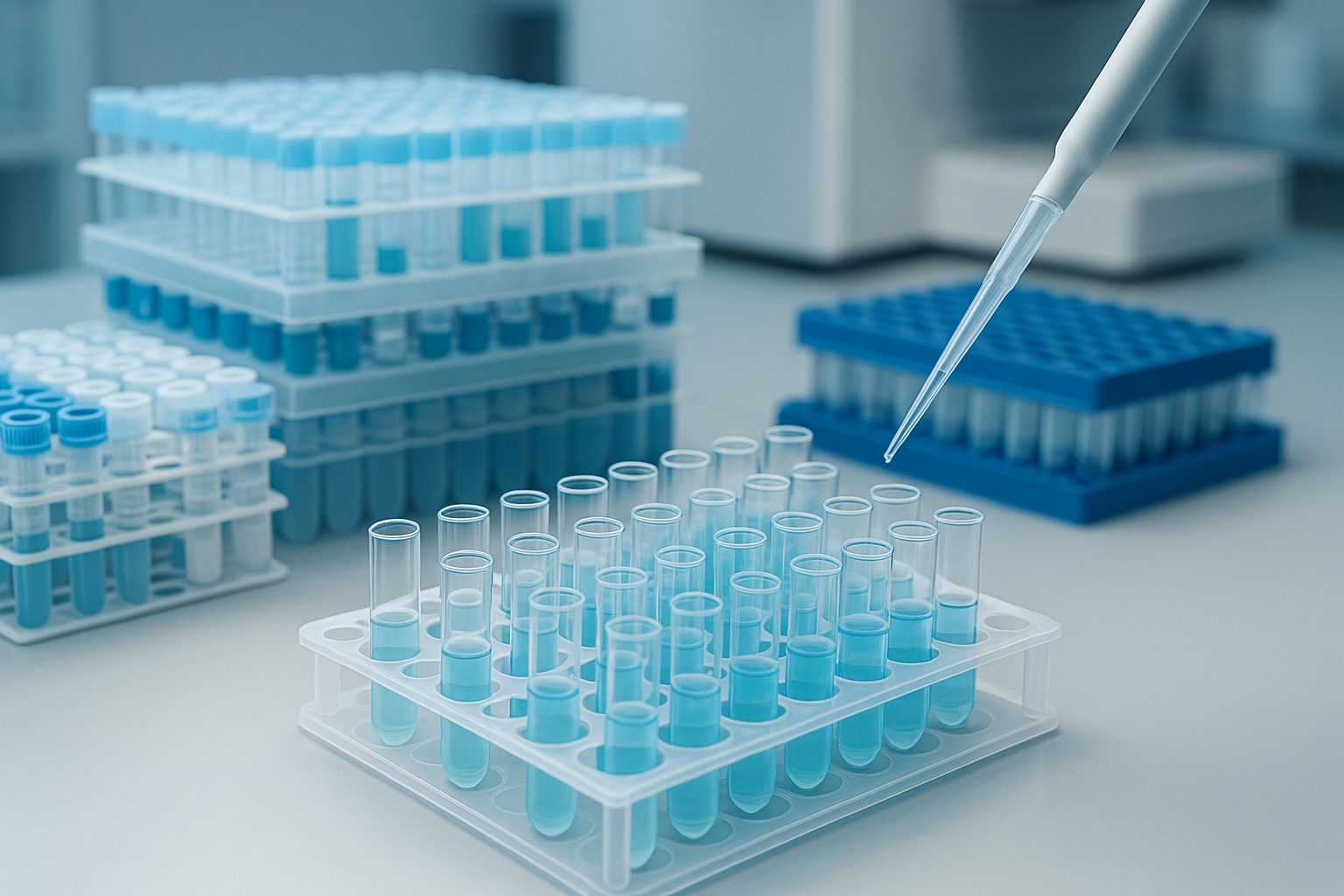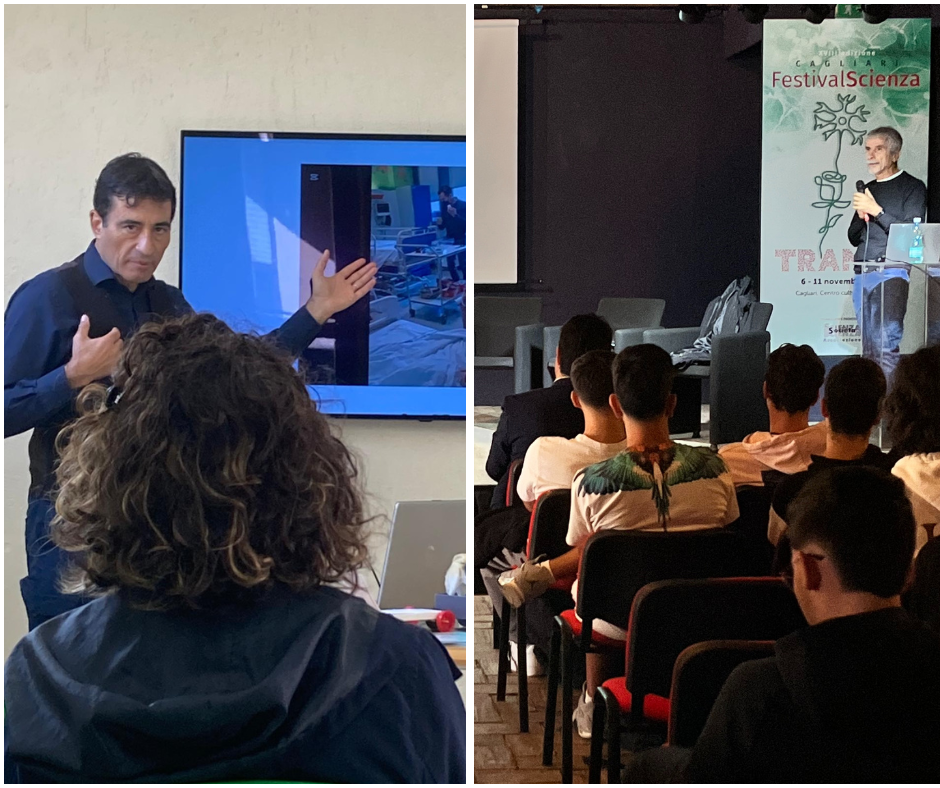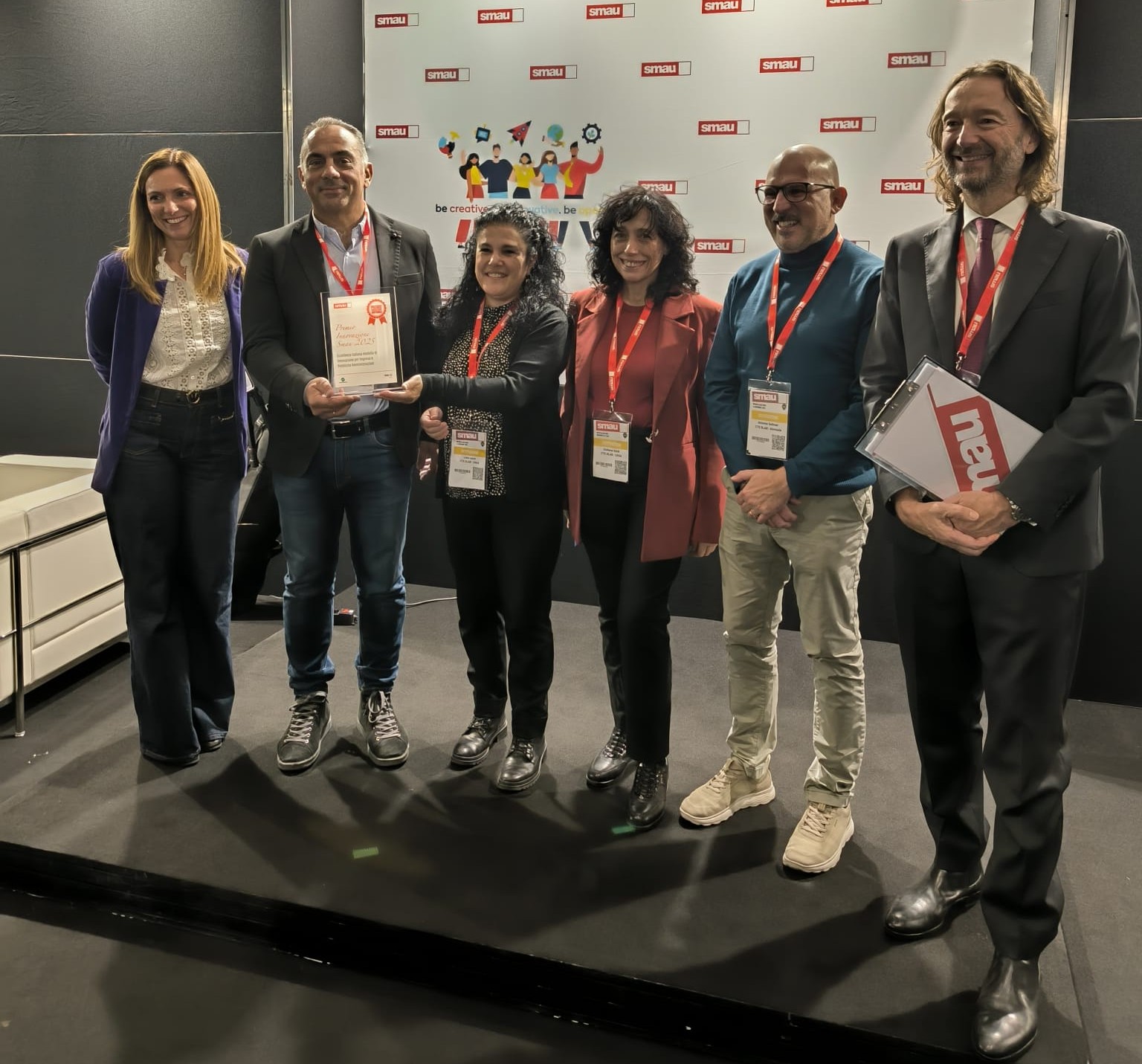Digital pathology is radically transforming clinical research, thanks to the possibility of acquiring and analyzing large volumes of data and developing advanced tools based on artificial intelligence (AI). One of the most delicate phases is the annotation of histological images, that is, the process by which pathologists highlight areas of tissue of particular clinical interest on a digital slide. Performing this task precisely and reproducibly is crucial, yet the tools available so far have shown significant limitations, such as poorly structured annotation approaches, difficulties in following rigorous protocols, and a lack of traceability of the steps involved—leading to excessive variability and poor reusability of data.
The CRS4 Digital Pathology Platform (CDPP)
To address these challenges, our researchers developed the CRS4 Digital Pathology Platform (CDPP), an open-source system designed for research that makes the annotation process more structured, accurate, and collaborative.
Its main features include: multi-label annotations that capture the morphological and clinical complexity of tissues; controlled but customizable review protocols; dedicated tools to increase precision, efficiency, and consistency of annotations; and integrated computational analysis with full provenance tracking.
This achievement is the latest milestone for the CRS4’s Visual and Data-Intensive Computing sector, which, through prototypes, clinical tests, and international collaborations, has long been pursuing an ambitious goal: to make digital pathology collaborative, reproducible, and integrated with new AI technologies.
The CRS4 Digital Pathology Platform has already been successfully applied in several studies, demonstrating its ability to generate high-quality annotated datasets that can be reused in new research projects and used to develop AI tools for digital pathology. The platform and the different contexts in which it has been validated are described in the article “An open-source platform for structured annotation and computational workflows in digital pathology research” (doi.org/10.1038/s41598-025-13546-7), recently published in Nature Scientific Reports.
The work is authored by CRS4 researchers Luca Lianas, Mauro Del Rio, Luca Pireddu, Simone Leo, and Francesca Frexia, together with clinicians, pathologists, and epidemiologists from the University of Bologna, the Karolinska Institutet in Stockholm, and the University of Turin.
The CRS4 Digital Pathology Platform (CDPP) builds on years of experience within the group and brings together in a single tool the diverse needs of the scientific community: annotating digital slides with rigorous protocols, collaborating in distributed teams, integrating automated analysis workflows based on AI models, and ensuring complete traceability of data.
CDPP is not just software, but a true collaborative research environment. It has already been successfully applied in large-scale clinical studies on prostate cancer and is now available to the scientific community as an open-source platform.
Collaboration and support
Such a result was made possible thanks to a rich network of collaborations and funding: XDATA and PAM projects funded by the Sardinian Regional Authorities, PATH funded by the Italian Ministry of Education, University and Research (MIUR), the Investigator Grant 2020 from the AIRC Foundation for Cancer Research, the European project DeepHealth funded by the European Commission under Horizon 2020, the Hybrid Hub (H2UB) funded by the Italian Ministry of Health, as well as contributions from Swedish organizations such as the Swedish Cancer Society, Prostatacancerförbundet, and Radiumhemmets Forskningsfonder.
Looking ahead
The publication in Scientific Reports consolidates a research path that is already moving toward new milestones. The CRS4 team continues to work on extending the platform’s functionalities, strengthening clinical collaborations, and opening up new opportunities for use—confirming the Center’s role as a bridge between computational research and the real needs of biomedicine.








